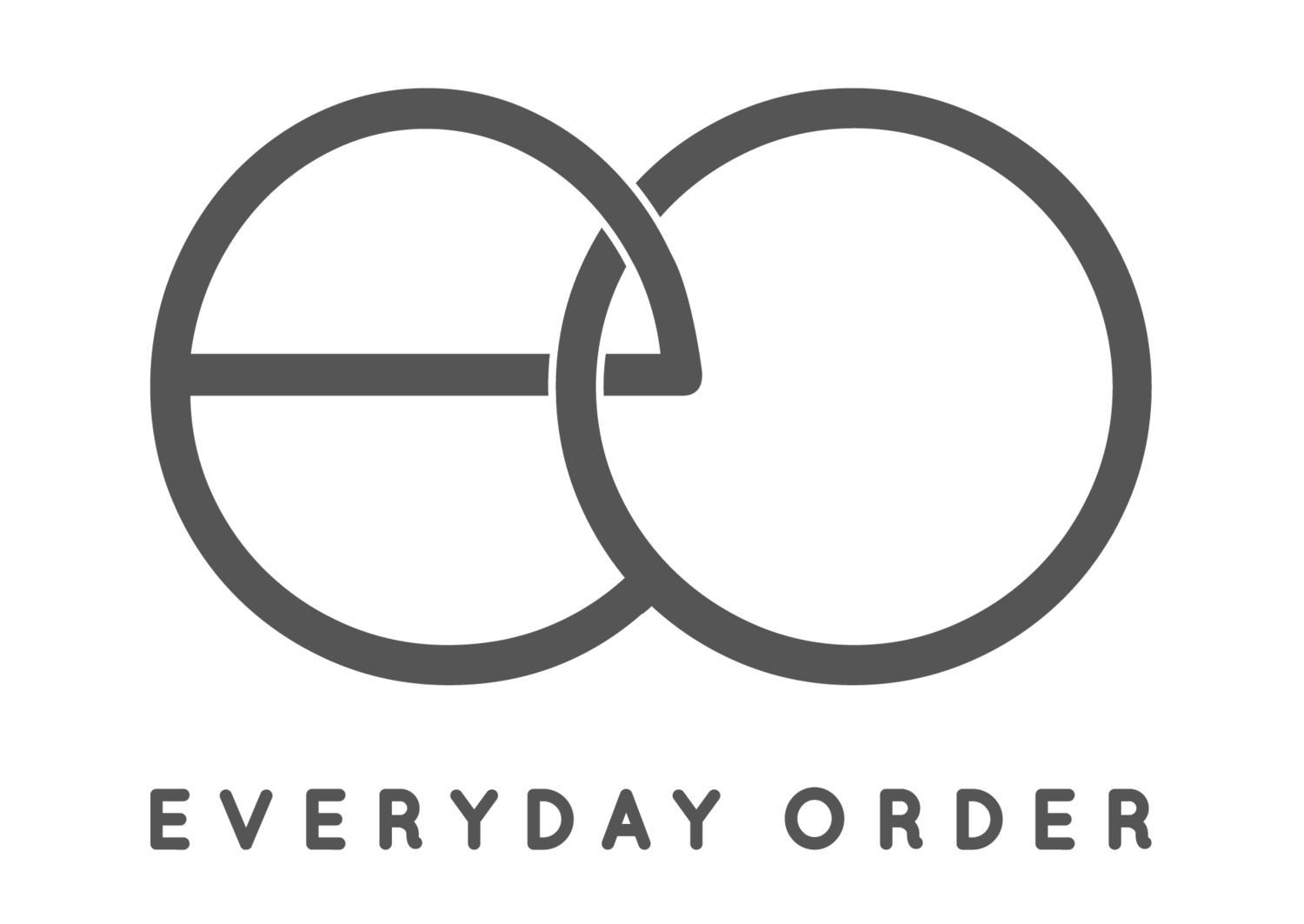Designing Multi-Functional Rooms: A Guide to Optimizing Your Living Space
Now, more than ever, the demand for versatile, efficient, and stylish living spaces is at the top of most of our clients’ list. The concept of multi-functional rooms has become essential in modern interior design. Whether you’re working remotely, entertaining guests, or raising a family, optimizing your home with dual-purpose areas can significantly enhance your lifestyle.
Why Multi-Functional Rooms Are Essential in Modern Living
Multi-functional rooms offer a strategic solution to space constraints, making even the smallest homes feel expansive and well-organized. These spaces are designed with flexibility in mind, allowing one room to seamlessly serve two or more purposes without compromising style or comfort.
According to a 2023 Houzz report, 61% of homeowners in urban areas are opting for multi-use room designs.
Tiny home sales in the U.S. have grown by over 80% in the past five years, further emphasizing the importance of space-saving solutions.
Understanding Multi-Functional Rooms
A multi-functional room is a single space that fulfills multiple roles—such as a bedroom that doubles as a home office or a kitchen with an integrated dining and social area. These rooms rely on clever design and thoughtful organization to remain practical and visually cohesive.
Common Challenges:
Balancing aesthetics with functionality
Managing clutter from diverse activities
Ensuring sufficient storage
Popular Examples:
Guest Room/Home Office
Living Room/Dining Area
Bedroom/Workout Space
Kids’ Playroom/Study Zone
Garage/Gym
Planning Your Multi-Functional Space
1. Assess Your Needs: Begin by identifying how the space needs to function. Do you require a quiet workspace, a relaxing retreat, or a play area for children?
2. Do Your Research: We love to use Pinterest boardst to get ideas and see what is possible for a space.
2. Measure Your Space: Take accurate measurements and note architectural features like windows and doorways. This will help in planning layouts and furniture placement.
Key Design Principles for Multi-Functional Rooms
1. Flexibility and Adaptability Choose modular furniture like sectional sofas, foldable tables, and rolling storage carts. These allow for easy reconfiguration depending on the activity.
2. Efficient Storage Solutions Integrate hidden storage such as under-bed drawers, wall niches, and built-in cabinetry. Keeping clutter out of sight maintains a clean aesthetic.
3. Zoning and Space Division Use area rugs and furniture placement to define different zones within the same room. This helps distinguish functional areas without using physical dividers.
Creative Multi-Functional Room Ideas
1. Home Office + Guest Room Install a murphy bed or a daybed with storage.
2. Living Room + Dining Area Opt for an extendable dining table.
3. Kids’ Playroom + Study Zone Choose furniture that grows with the child, like adjustable desks and stackable storage. Use rugs to separate play from study areas.
4. Kitchen + Social Hub Install a multi-purpose island that functions as a prep surface, dining area, and conversation hub.
Furniture and Decor Tips
1. Multi-Purpose Furniture:
Sofa beds
Fold-out desks
Storage ottomans
Nesting tables
2. Cohesive Color Schemes: Stick to a neutral palette with pops of color to maintain visual unity. Use matching finishes and textures to tie zones together.
3. Maximize Vertical Space: Use wall-mounted shelves, foldable desks, and vertical cabinets to free up floor space.
Maximizing Small Spaces
1. Visual Expansion Tricks:
Use mirrors to reflect light and create depth
Choose light-colored walls and minimal decor
Install lighting that brightens dark corners
2. Smart Storage Hacks:
Over-the-door organizers
Bed risers with under-bed bins
Bins with lids to use vertical space
Case Studies: Real-Life Multi-Functional Rooms
The Basement That Does It All A suburban family converted their basement into a playroom, gym and gest room. By adding walls and using a thoughtful layout, they made their home work for them, not against them.
Maintenance and Flexibility Over Time
1. Stay Organized: Schedule monthly cleanouts and use labeled bins to keep items in their place.
2. Plan for Change: Design with adaptability in mind. A nursery can evolve into a playroom, then a homework station with minor tweaks.
3. Update Regularly: Swap out decor and adjust furniture as your needs evolve. Modular systems allow for these changes without major renovations.
Conclusion
Multi-functional rooms are more than just a design trend—they’re a lifestyle solution for modern living. With thoughtful planning, clever furniture choices, and strategic design, any space can serve multiple purposes without sacrificing comfort or style.
Start small—perhaps with a guest room that doubles as a home office or a living room that serves as a dining space. The key is to observe how you use your home and design accordingly.
Share your own multi-functional room ideas or contact Everyday Order for personalized design tips!
By embracing the principles of multi-functional design, you’ll make the most of your space and elevate your everyday living experience.

